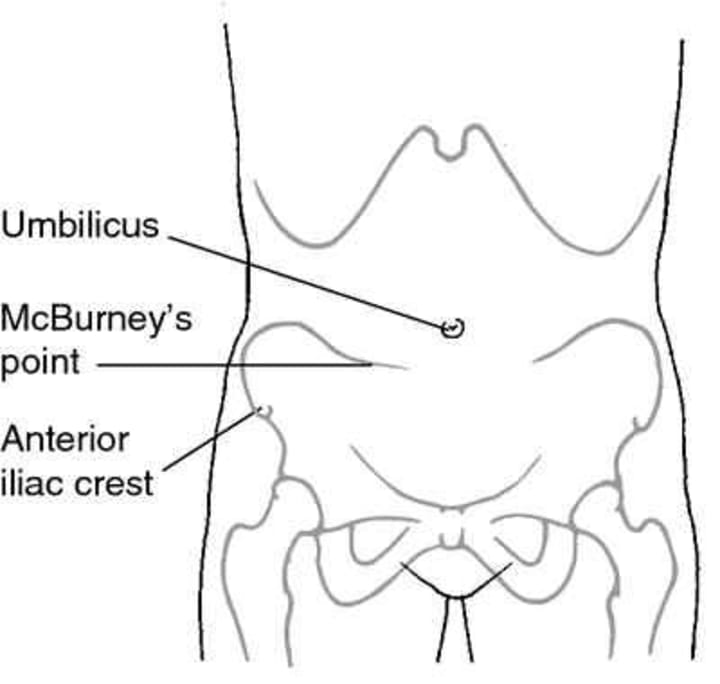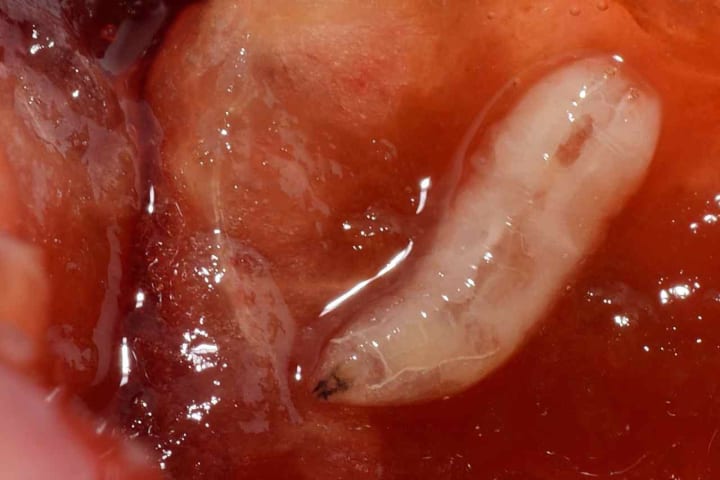Unraveling the Enigma of Appendicitis
Understanding Symptoms, Diagnosis, and Treatment of the Abdominal emergencies

Introduction
The appendix is the little one-ended tube that’s attached to the cecum of the large intestine, sometimes it’s called the vermiform appendix, where vermiform means “worm-shaped” ,this worm-like structure’s function is actually unknown, though some theories suggest it might be a “safe-house” for the gut flora, and some evidence seems to suggests it plays a part in the lymphatic and immune system; other, arguably more cynical viewpoints maintain that it’s just a useless vestigial organ from our ancestors. it is very common getting inflamed and causing abdominal pain, a condition known as appendicitis, as much as 10% of the population develops appendicitis, and it’s the most common surgical emergency of the abdomen.
Causes
Since the appendix is a hollow tube, the most common cause of inflammation is something getting stuck in or obstructing that tube, like a fecalith, a hardened lump of fecal matter that finds its way into the lumen of the appendix and wedges itself there. It could also be other things though, like seeds that weren’t digested, or even pinworm infections, which are intestinal parasites. Another cause of obstruction, especially in children and adolescents, is lymphoid follicle growth, also known as lymphoid hyperplasia. Lymphoid follicles are dense collections of lymphocytes that get to their maximum size in the appendix during adolescence. Sometimes this growth can literally obstruct the tube. Also, when exposed to viral infections like adenovirus, measles, or even after immunizations, the immune system ramps up and these follicles can grow as well.
symptoms and signs
Well, the intestinal lumen, including the appendix, is always secreting mucus and fluids from its mucosa to keep pathogens from entering the bloodstream and also to keep the tissue moist. Even when it’s plugged, the appendix keeps secreting as usual. When this happens, fluid and mucus builds up, which increases the pressure in the appendix, and just like when you fill up a water balloon, it gets bigger and physically pushes ons the afferent visceral nerve fibers nearby, causing abdominal pain. Along with that, the flora and bacteria in the gut are now trapped, and intestinal bacteria that are usually kept in check in the gut, like E. coli and Bacteroides fragilis are now free to multiply. This causes the immune system to recruit white blood cells and pus starts to accumulate in the appendix.
This activation of the immune system can be seen in the lab as an increase in the serum white blood cell count. Patients might also develop a fever in response to the infection, which in combination with right lower quadrant abdominal pain at the point roughly where the appendix is, known as known as mcburney’s point (see the underlying photo), is a super important sign for identifying appendicitis. Also, along with fever, other classic symptoms include nausea and vomiting. Now if obstruction persists, the pressure in the appendix increases even more. At a certain point, as the pressure keeps growing and it continues to swell up, it pushes on and compresses the small blood vessels that supply the appendix with blood and oxygen. Without oxygen, the cells in the walls of the appendix become ischemic and eventually die. Since these cells were responsible for secreting mucus and keeping bacteria out, now the growing colony of bacteria can invade the wall of the appendix. As more cells die, the appendiceal walls become weaker and weaker and for a small proportion of patients, to the point where the appendix ruptures. Rupture of an infected appendix allows the bacteria to escape the appendix and get into the peritoneum, and patients often experience peritonitis with rebound tenderness, meaning pain when pressure is taken off, again around mcburney’s point. Patients might also have some abdominal guarding, where their abdominal muscles tense up when pressed to try and avoid pain.

The most common complication with a ruptured appendix is pus and fluid gets out and forms an abscess around the appendix, called a periappendiceal abscess. Sometimes subphrenic abscesses might also form, these would be tiny abscesses below the diaphragm but above the liver or spleen.

Treatment
The standard treatment for appendicitis is appendectomy, which is surgical removal of the appendix along with antibiotics. If patients have abscesses these are also important to surgically drain. Removing the appendix isn’t known to have any negative side effects, and sometimes it’s removed if the surgeons are already doing an abdominal surgery for some other reason just to avoid an appendicitis down the road!
About the Creator
Abeer Abbas
I am a doctor with plenty of luck, and I love of science and beauty.






Comments
There are no comments for this story
Be the first to respond and start the conversation.